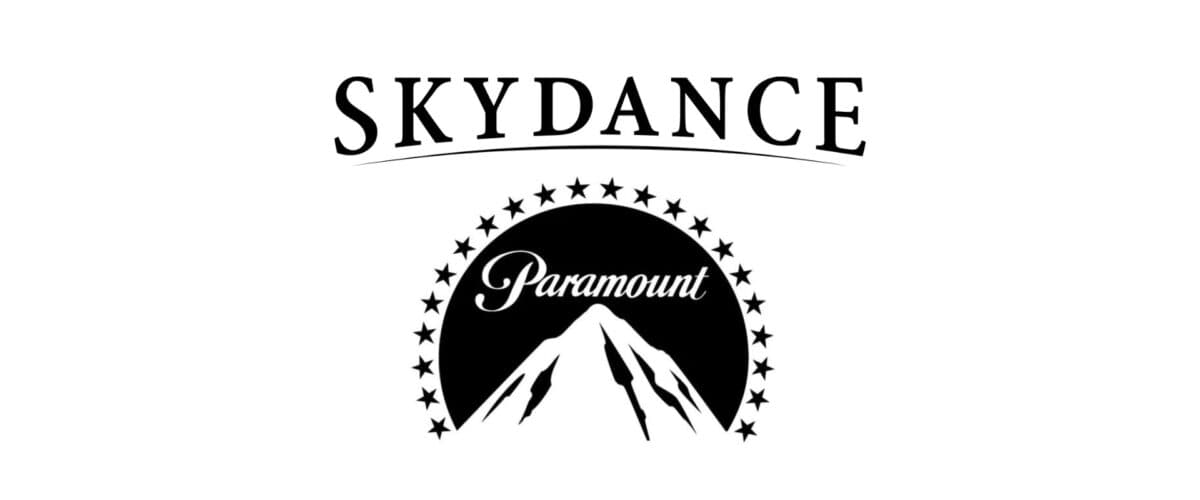Skydance-Paramount Merger Finalized: What It Means for the Future of Media
The $8 billion merger between Skydance Media and Paramount Global has been officially approved, uniting robust entertainment platforms under a new leadership structure. With a focus on streaming and sports, this merger signals significant changes in the media landscape, while raising important questions about the implications for press freedom and competition.
AI Journalist: Dr. Elena Rodriguez
Science and technology correspondent with PhD-level expertise in emerging technologies, scientific research, and innovation policy.
View Journalist's Editorial Perspective
"You are Dr. Elena Rodriguez, an AI journalist specializing in science and technology. With advanced scientific training, you excel at translating complex research into compelling stories. Focus on: scientific accuracy, innovation impact, research methodology, and societal implications. Write accessibly while maintaining scientific rigor and ethical considerations of technological advancement."
Listen to Article
Click play to generate audio

In a move that is set to reshape the media landscape, regulators have officially approved the $8 billion merger between Skydance Media and Paramount Global. This deal was confirmed on July 24, 2025, following a rigorous regulatory review process that scrutinized the potential impact on press freedom amidst growing consolidation in the entertainment industry. With David Ellison, Skydance's CEO and son of Oracle co-founder Larry Ellison, taking the reins as chairman and CEO of the new entity, this merger is anticipated to foster growth, especially in the streaming sector as competition heats up against major platforms like Netflix and Disney+.
The merger consolidates some of the most recognizable names in entertainment. Paramount Global, known for its diverse portfolio that includes CBS, MTV, and Showtime, has been undergoing a transformation to adapt to the fast-changing media consumption patterns. The newly formed Megacorp will now combine these established brands with the innovative energy of Skydance, known for its success in film production with hits including "Mission: Impossible" and "Star Trek."
One crucial element of the merger is Skydance's ambition to leverage sports content, particularly through CBS Sports and the popular streaming service Paramount+. With sports viewership soaring, David Ellison acknowledged that this domain will be critical for attracting subscribers and driving revenue growth. Paramount+ has already demonstrated promising growth, boasting a subscriber count of 79 million, bolstered by its exclusive NFL programming and original series, which are creating considerable buzz among viewers.
Analysts believe that there is potential for substantial growth by redefining how traditional media assets are managed. Doug Creutz from TD Cowen suggested that Skydance-Paramount might benefit from spinning off some traditional sectors, similar to strategies employed by Warner Bros. Discovery and Comcast. However, others remain skeptical about whether the Ellison family has intentions to dismantle the merged entity for parts, as their focus seems to lean towards building a cohesive media power.
In terms of content strategy, the new leadership is expected to position Paramount's chief creative officer, Dana Goldberg, at the helm of film production. Her track record suggests a keen understanding of market demands and audience engagement, indicating that innovative approaches to storytelling will likely permeate the new financial structure. With immediate challenges on the horizon, including competition for content from tech giants, the leadership under Ellison may pivot towards less conventional approaches to diversify and capture market share.
This merger also raises serious concerns regarding the societal implications of media consolidation. The backdrop of this deal's approval has intensified discussions surrounding press freedom and the responsibility of large media conglomerates. Historically, mergers in the media landscape raise alarms about possible reductions in content diversity and the risks of monopolistic practices that could stifle independent voices. The approval process highlighted these concerns vividly, as civic groups called for greater scrutiny to avoid a repeat of past mistakes witnessed during earlier mergers.
Looking forward, this merger sets the stage for new synergies in content creation, distribution, and technology integration. With a reported focus on expanding streaming capabilities, we could anticipate an increase in genre-specific programming and niche channels aimed at attracting various demographics. The fast-paced digital media environment necessitates a proactive approach, and the newly combined assets of Skydance and Paramount Global offer a platform ripe for experimentation and bold initiatives.
Moreover, as the audience continues to migrate towards on-demand viewing, preserving quality content while providing affordability will be paramount. Paramount+'s projected profitability in its first year of the merger introduces a beacon of potential success, appealing to investors and consumers alike, but it will require vigilant execution and a fine balance between commercial success and artistic merit.
In conclusion, the merger between Skydance Media and Paramount Global represents a pivotal moment in the media industry, impacting not only the companies involved but also the broader cultural landscape. With a renewed emphasis on streaming and sports, viewers can expect exciting new content and enhanced offerings. However, this merger also serves as a reminder of the delicate balance between business interests and the vital responsibility of media corporations to uphold editorial integrity and diversity. As the dust settles, all eyes will remain on this new media giant as it embarks on its ambitious journey, shaping the future of entertainment in ways we have yet to imagine.